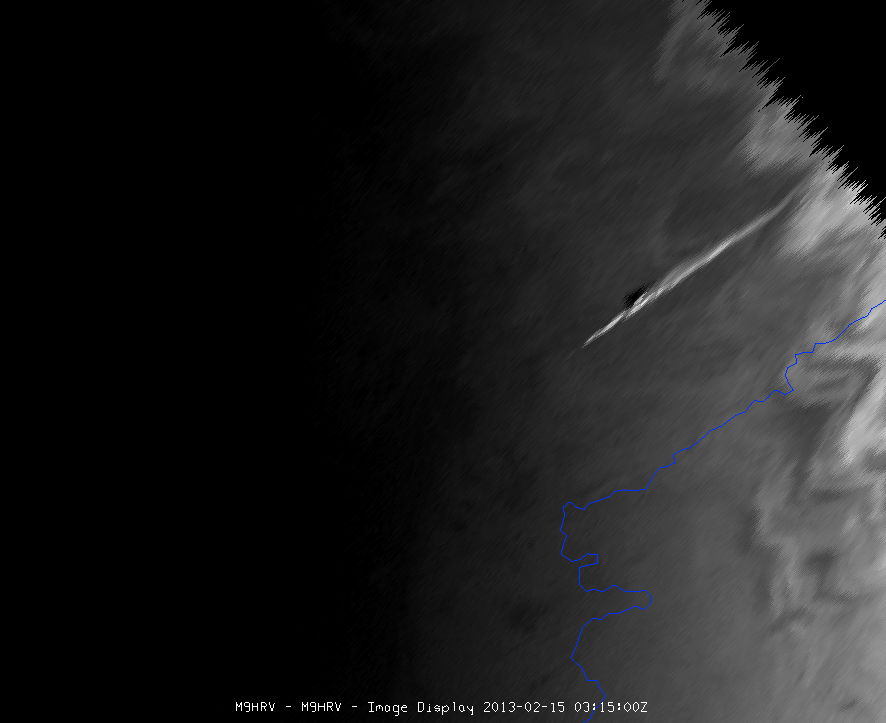Russian Fireball Explosion Comes Amid Fireball Season

It's fireball season on Earth, and it is starkly clear for residents in eastern Russia where a bright fireball exploded in the atmosphere early today (Feb. 15).
For reasons scientists don't quite understand, there appears to be an increase in the number of bright meteors visible blazing through the night sky during the month of February. The notion hit home today when a meteor exploded over Russia's Ural Mountains, injuring more than 900 people and damaging thousands of buildings, according to press reports. (Another space rock, the asteroid 2012DA14, is on course to pass very close to Earth Friday evening, but will not hit the planet.)
On a typical night of the year, stargazers might see about 10 "sporadic" fireballs, created by fragments of asteroids or comets that burn up in the Earth's atmosphere. But that number spikes by 10 to 30 percent during the spring. The fireballs come from the asteroid belt, but their exact source remains unknown.
Meteor enthusiasts have known about the "Fireballs of February" since the 1960s and 70s, when amateur astronomers noticed many more bright, sound-producing streaks than usual. Follow-up studies during the 1980s failed to show any increase in the rate of fireballs, but a 1990 study suggested otherwise.
Astronomer Ian Holliday studied photographic records of roughly a thousand fireballs from the 1970s and 80s, finding what looked like a fireball stream crossing Earth's orbit during February, late summer and fall. Halliday's results are somewhat controversial, but the phenomenon appears real.
The February fireball increase is somewhat puzzling because the number of ordinary meteors normally peaks during autumn in the Northern Hemisphere, according to researchers at NASA's Meteoroid Environment Center. The two most visible meteor showers most years, the Perseid meteor shower and the Leonid meteor shower, peak in mid-August and mid-November.
Scientists are probing the mystery of the spring surge in fireballs using NASA's All-Sky Fireball Network, a slew of cameras designed to observe meteors brighter than the planet Venus. The data collected could reveal where these fireballs come from, scientists say. Modeling the meteoroid environment will also benefit spacecraft designers.
Get the Space.com Newsletter
Breaking space news, the latest updates on rocket launches, skywatching events and more!
Follow SPACE.com on Twitter @Spacedotcom. We're also on Facebook & Google+.
Join our Space Forums to keep talking space on the latest missions, night sky and more! And if you have a news tip, correction or comment, let us know at: community@space.com.










